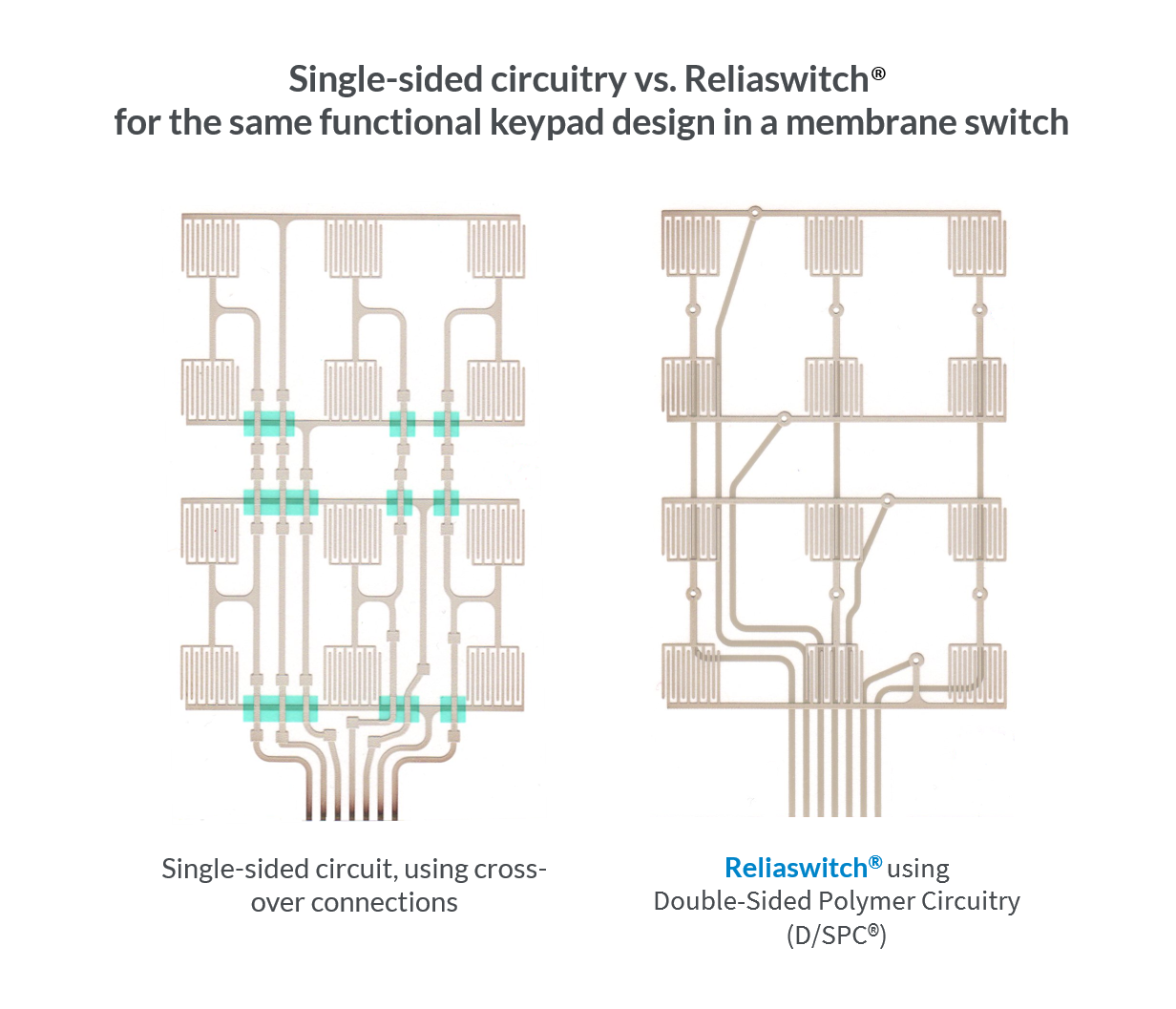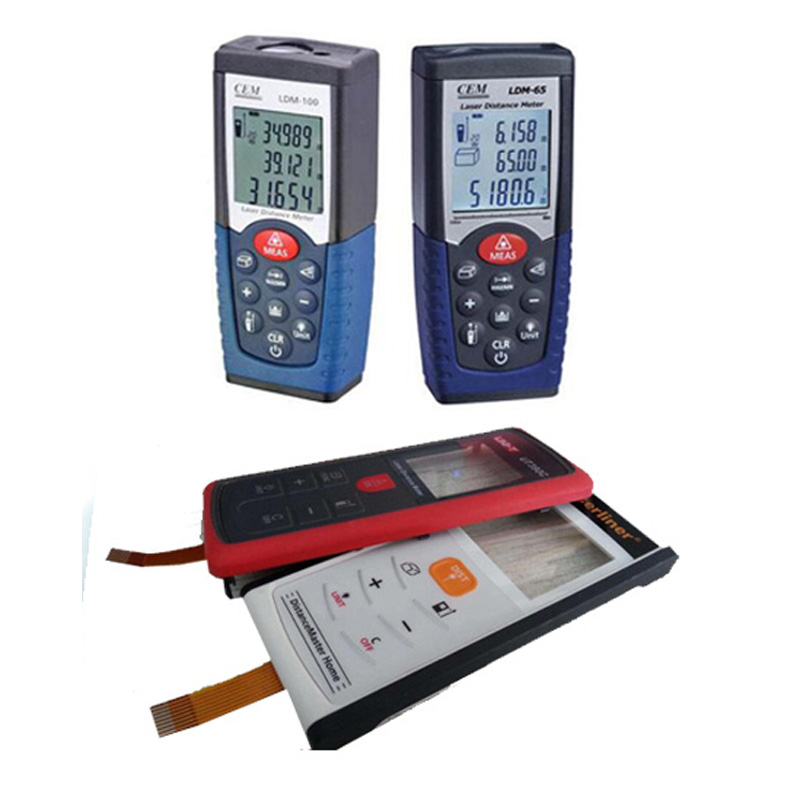Understanding the Significance of Membrane Layer Switch Over in Modern Electronic Devices
Membrane buttons are indispensable parts in modern-day digital gadgets. They supply a mix of capability and design that enhances user communication. Their long lasting and light-weight nature makes them ideal for different applications. As industries progress, the demand for customization and advanced functions grows. Recognizing exactly how membrane switches add to development reveals their significance fit the future of electronic devices. What lies ahead for this modern technology?
The Essentials of Membrane Switch Modern Technology
Frequently forgotten, membrane switch innovation plays a vital role in the modern electronic devices landscape. These devices, composed of numerous layers, offer as interface for various electronic products, ranging from home appliances to medical tools. A typical membrane layer switch is composed of a visuals overlay, a spacer layer, and a circuit layer, which are carefully put together to develop a functional interface.When pressure is related to the overlay, the circuit layer is completed, allowing signals to be transmitted to the gadget. This modern technology is understood for its convenience, allowing personalization in style, form, and functionality to meet certain customer demands. Additionally, membrane layer switches are thin and lightweight, making them ideal for applications where room is a costs. Their longevity and resistance to environmental elements additionally improve their allure, ensuring they can endure extreme problems while keeping capability. Overall, membrane layer switch innovation is essential to creating efficient and straightforward digital devices

Trick Benefits of Membrane Switches
Membrane changes offer several vital advantages that make them a preferred selection in various electronic applications. Their layout enables a compact type factor, making it possible for makers to develop light-weight and smooth tools. In addition, membrane buttons are resistant to dust, moisture, and chemicals, which boosts their toughness and durability popular environments. The tactile responses given by these switches can boost user experience, making them instinctive and simple to operate.Furthermore, membrane switches can be tailored with diverse graphics and colors, enabling unique branding possibilities. The manufacturing procedure is usually cost-effective, specifically for high-volume production, as it minimizes assembly time and streamlines style. Membrane layer switches require very little maintenance, contributing to lower overall operational prices. These advantages highlight their growing appeal in modern electronics, where dependability and easy to use user interfaces are vital.

Applications Across Various Industries
The convenience of membrane switches over allows their widespread fostering across different markets. In the medical area, they are frequently used in diagnostic tools and client monitoring systems, using a long lasting interface immune to contaminants. The automobile industry uses membrane switches for control panel controls, boosting individual experience with streamlined styles that stand up to severe problems. In consumer electronic devices, they work as control panels for gadgets such as microwaves and coffee machine, giving an user-friendly user interface that is very easy to clean. The aerospace field employs membrane buttons in cabin controls, where dependability and room efficiency are extremely important. Additionally, the commercial sector leverages these buttons in equipment and control systems to assure robust procedure in requiring environments. This broad variety of applications emphasizes the adaptability of membrane buttons, making them essential elements in boosting performance and customer interaction across diverse technical landscapes.
Customization and Style Adaptability

Future Trends in Membrane Switch Development
Arising trends in membrane button development show an expanding focus on enhanced performance and combination with wise innovations. As customer demand for much more advanced electronic tools rises, suppliers are concentrating on developing membrane switches over that not just offer fundamental operational functions yet likewise integrate features like touch sensitivity, backlighting, and haptic feedback.Furthermore, innovations in products are expected to improve durability and ecological resistance, making membrane layer changes suitable for diverse applications in sectors such as medical care, automobile, and consumer electronic devices. The combination of capacitive touch innovation is likely to come to be a lot more widespread, enabling sleeker designs and boosted individual interfaces. membrane switch.Additionally, the increase of the Internet of Points (IoT) is prompting the growth of membrane layer changes that can communicate wirelessly with various other devices, boosting interconnectivity. On the whole, the future of membrane button innovation appears promising, driven by advancement and the quest of straightforward solutions
Frequently Asked Concerns
How Do Membrane Switches Contrast to Traditional Mechanical Switches?
Membrane layer switches, being extra space-efficient and using a sleek style, contrast with traditional mechanical buttons that supply tactile responses. The former often feature personalized graphics, while the latter typically ensure durability and dependability in various applications.
What Materials Are Commonly Utilized in Membrane Layer Switch Production?
Membrane layer buttons are generally created using products such as polyester, polycarbonate, and published conductive inks. These products provide responsiveness, durability, and flexibility, making them appropriate for different applications in electronic gadgets and interface.
Can Membrane Switches Be Repaired or Reused?
Membrane switches can frequently be repaired, specifically if small issues occur, such as adhesive failing or surface damage. However, full reuse is generally limited due to put on and prospective degradation of materials with time.
Just How Do Environmental Elements Affect Membrane Layer Switch Efficiency?
Environmental factors, such as direct exposure, humidity, and temperature level to chemicals, greatly influence membrane button performance. Severe conditions can cause deterioration, affecting responsiveness and long life, ultimately endangering the functionality of the tool in different applications.
What Is the Normal Life Expectancy of a Membrane Switch over?
The common life-span of a membrane layer switch generally ranges from 1 to 5 million actuations, relying on factors reference such as usage regularity, environmental problems, and the products made use of in production, impacting longevity and performance long life. A common membrane button is composed of a graphic overlay, a spacer layer, and a circuit layer, which are diligently put together to produce a functional interface - membrane switch.When pressure is used to the overlay, the circuit layer is finished, allowing signals to be transferred to the gadget. The tactile responses offered by these buttons can boost individual experience, making them simple and user-friendly to operate.Furthermore, membrane layer buttons can be customized with diverse graphics and colors, enabling for distinct branding possibilities. As customer need for more sophisticated digital devices increases, producers are focusing on developing membrane switches that not only offer basic functional duties yet additionally include attributes like touch sensitivity, backlighting, and haptic feedback.Furthermore, innovations in products are anticipated to enhance resilience and ecological resistance, making membrane switches suitable for varied applications in sectors such as medical care, auto, and customer electronics. The integration of capacitive touch innovation is likely to become more widespread, enabling for sleeker styles and improved customer interfaces.Additionally, the surge of the Internet of Things (IoT) is prompting the growth of membrane switches Discover More Here over that can communicate wirelessly with other devices, enhancing interconnectivity. Membrane buttons, being a lot more space-efficient and offering a sleek layout, comparison with conventional mechanical next page switches that give tactile feedback